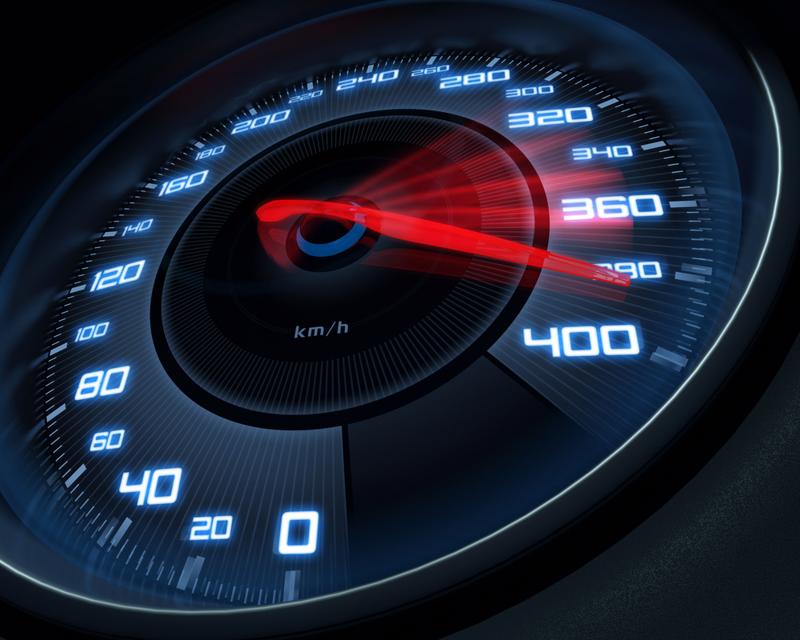

Around the world, vehicle part manufacturers are always striving to innovate when it comes to new designs that provide more safety for drivers; they continue to have significant success in this arena so far in 2020. With advanced technology and an ever-growing array of capabilities, braking is becoming easier and more effective all the time, to the point that some systems are allowing vehicles to break development records.
For instance, Honda's Civic Type R recently beat the previous best time for a single lap around the Japanese Suzuka Circuit recorded by a front-wheel drive vehicle, according to Automotive Testing Technology International. The team behind the vehicle says it largely achieved this goal by developing a new two-piece floating brake system to go with efforts to increase load control, allowing for the vehicle to spend less time braking overall throughout its lap, as well as improving its cornering.
Figuring out what it takes
These improvements came in conjunction with a number of other changes, including using new tires, reducing the weight of the vehicle's wheels and improving the suspension system, among notable decisions specifically related to braking and handling, the report said. These were all notable because the Suzuka Circuit has a famed system of curves and corners that often prove extremely difficult to navigate at speed. This includes an S curve, two Degner curves, and the course's 130R corner - which, as the name implies, has a radius of just 130 meters - as part of its course.

Meanwhile, the company also improved engine cooling performance that allowed it to really gain speed on one of the Circuit's few straightaways toward the end of the course, the report said. It was the combination of all these factors that allowed the Type R to set the track's new standard for speed, handling and performance.
"For this model change, speed was further pursued in collaboration with Honda Racing Development (HRD) Sakura, which plays a key role in Honda's motorsport development. This partnership led to the establishment of the fastest Type R3 lap record at Suzuka Circuit," Hideki Kakinuma, Civic Type R project leader, said in announcing the results.
Making use of advanced tech
It should come as no surprise that all these performance improvements are being helped in ways large and small by additional insight into testing and performance culled from artificial-intelligence analysis of results, according to Embedded Computing Design. This comes in a number of different forms, though, as AI can help in situations such as part development, writing software and, of course, actual driving.
However, for manufacturers of both parts and vehicles themselves, this creates two issues at once: Vehicles and the systems needed to gain insights into them are growing more complex more or less at the same time, the report said. That's especially true as parts or automobiles move from existing exclusively in virtual environments - where they can be tested millions of times before ever seeing a mile of real-world roadway - to actually existing in the real world, where a host of factors can come together in ways that are difficult even for highly advanced AI systems to foresee or learn to deal with.
The hope is these systems do more than just boost vehicle safety, though, the report said. In addition, automakers and parts manufacturers are also looking for ways they can save money without compromising safety and performance, increase efficiency and speed development times.
The full effect
When all these systems are used in concert and put into force together, there can be a significant improvement in safety and performance, according to the Canberra Times. One recent Australian study found that whenever new safety measures are widely introduced by vehicle manufacturers, there is a noticeable and immediate reduction in the number of traffic fatalities.
The study further estimated that there would be a huge decline in deadly accidents if a host of safety measures that are currently optional - including electronic stability control, improved braking systems including automatic emergency brakes, blind spot detection, driver-assist features and more - were all made standard today, the report said. In all, it is believed that if all new vehicles came with these safety features as standard offerings, it would reduce roadway fatalities by 58%.
Of course, such changes would come at a potentially significant cost, the Times noted. All told, making these new parts standard could increase the cost of a vehicle with no other options included by $10,000 or more.
As such, manufacturers have to continue to find ways to strike the right balance between cost and safety by continually shifting their offerings to ensure they meet consumers' expectations. Taking these kinds of high-tech avenues to achieving those goals could help ensure long-term success.
Greening Testing Laboratories is a fully certified brake testing lab that provides a variety of brake testing services worldwide. Contact Greening Associates for a complimentary consultation.